What you need to know about monkeypox, and what you should and shouldn't do for at home care to relieve skin symptoms, scarring and hyperpigmentation from monkeypox.
What Is Monkeypox?
Monkeypox is a contagious disease part of the smallpox family. It's caused by the monkeypox virus. This virus has been infecting humans since 1970, primarily in Africa, where outbreaks have first occurred, but is now becoming more common in other nations like the UK and US. It causes flu-like symptoms such as fever, headache, swollen nymph nodes, chills, exhaustion, and a rash that can take weeks to clear.
There’s no known proven treatment for monkeypox, but it usually goes away on its own and in some cases an antiviral called TPOXX can be prescribed by your doctor to reduce the flu-like symptoms.
How does monkeypox spread?
Monkeypox is transmitted to humans through physical close contact with an infected person or animal, or with material contaminated with the virus. Monkeypox can be spread through sheets as the virus can survive on bedsheets for up to 15 days.
Rarely, it can be contracted through respiratory secretions. As the number of cases continues to rise, the World Health Organization (WHO) declared monkeypox a global emergency on July 23. As of early August 2022, there are nearly 9,000 confirmed cases.
What Does A Monkeypox Rash Look Like?
A monkeypox rash can start as red dots or bumps on the skin. These bumps can appear anywhere on the body such as the hands, feet, face, mouth, genitals, and even internally.
Some rashes typically start on the face and spread to other areas of the body, but the initial bump can happen anywhere. The small red dots will typically get larger and look like a fluid filled blister, turn into a hard cyst, and then crust over and fall off in the final stage.
Board-certified dermatologist Esther E. Freeman, MD, PhD, FAAD says, “With this new outbreak, it's more common for people who get monkeypox to develop fewer bumps on their skin. They may not have a fever or flu-like symptoms.”
How is monkeypox diagnosed?
By looking at the pattern on the skin, any other accompanying symptoms, and where the rash appears, a board-certified dermatologist can narrow down which disease is causing the rash. If monkeypox is a likely cause, your dermatologist will swab the rash and send the swab to a lab to confirm it.
Most people have monkeypox for 2 to 4 weeks. That’s the amount of time it takes for the disease to run its course.
However, people who do have eczema or who are immunocompromised are most at risk for severe cases if they get monkeypox.
Until the bumps fully go away, a person who has monkeypox is contagious and can spread the virus to others.
If you suspect you have it you should:
- avoid close contact with other people and animals
- avoid sexual activity and kissing
- stay and sleep in a separate room
- use your own bathroom if possible (if not, you should clean the bathroom after use as described below)
- wash all linens and laundry yourself with hot water setting.
Caring for your skin with Monkeypox
It's thought that you may spread the virus to other parts of your skin if you run or scratch a blister and touch another area of your skin, so if you do use ointment, wash your hands right away and use a cotton pad or swab so that you are only putting ointment on the current affected lesion.
Monkeypox rash symtoms:
- Pain
- Itching
Your doctor might also recommend a local anesthetic cream for painful blisters. Usually the painful blisters are around the genital area or anus. Antihistamines, which are usually used to treat allergies, are sometimes used to help with itching.
While you have a monkeypox rash, your skin is more sensitive so avoid products like exfoliants and retinol and no physical scrubs!
Also do not use steroid creams because they may weaken the immune system while your skin is fighting this virus.
Use A Gentle Basic Routine
Again, try to avoid directly touching, or spreading the infection on the skin if you apply products and wash hands afterwards.
If you have blisters, cleanse skin gently twice a day.
For facial cleansing or cleansing of other sensitive areas, a gentle cleanser such as the All Clear Mint Cleanser is sulfate free to not dry out the skin. It contains a lot of anti inflammatory ingredients like chamomile and uses aloe as it's base ingredient so it's great for anyone of all ages to use.
Instead of rubbing, pat the skin dry to avoid friction on the skin.
If your skin is very dry, you can apply a little moisturizer with a cotton swab that absorbs fully into skin to prevent skin irritation. When washing your body, you can try soaking in an oatmeal bath to relieve the itching.
All Clear Mint Cleanser
Pain + Itch Relief
For painful lesions, you may apply the Banish Fighter Gel : It’s loved by those with psoriasis, eczema, and cystic acne. With Organic Aloe Vera leaf juice and gel, as well as MSM (dimethyl sulfone, which fights inflammation), its soothing properties can help relieve itchiness and inflammation.
Just apply a small amount and leave on the affected rash during the day and night. It also contains menthol which is a mild pain reliever.
Care for Post Monkeypox Scars
Dermatologists say monkeypox lesions can be aired out, but if you must go out such as to the doctor or hospital, then you should have them covered to prevent the virus from spreading.
The Centers for Disease Control and Prevention says monkeypox lesions are no longer contagious when the scabs have fallen off and a fresh layer of skin has formed.
After your monkeypox has completely cleared up, one of the complications from the lesions is that they could leave scarring or discoloration leftover.
Below are some ways to treat scarring
Textured Scarring and Hyperpigmentation
Microneedling
Again, only do this after all your symptoms and skin lesions have completely resolved. Microneedling is the process of pricking the skin with tiny sterile microneedles to increase skin collagen. Microneedling can help repair the damaged collagen which may occur from monkeypox or other skin damage.
While you can get in office treatments, you can also microneedle at home with the right tool and following all instructions. Microneedling isn't recommended until you are at least 18 and older.
Recommended Home Microneedle Set
Founder Daisy Jing first developed this tool as a recommendation from her plastic surgeon to treat the scars left over by her cystic acne, but the Banish Kit can work on all types of scars such as surgical scars or burn scars.
This kit includes the patented gold-plated Banisher 2.0 microneedling tool as gold has antibacterial properties and helps with collagen synthesis and comes with a vitamin c serum which is also an ingredient proven to increase collagen in the skin.
HOW TO: Always start with freshly cleansed skin and hands. Sanitize Banisher with rubbing alcohol, and stamp down 4-5 times on the scars you want to treat. Apply the Banish Serum afterwards. Don't use over any active rashes or lesions and do not share your microneedle tool or Banisher.
Vitamin C
Vitamin c is a well studied ingredient that lightens and prevents dark spots and hyperpigmentation leftover from monkeypox. Ascorbic acid or vitamin c works by inhibiting the enzyme tyrosinase to inhibit excess melanin production.
You would want to apply a vitamin c serum or cream at least once daily.
We recommend the Banish Serum because it is a gentle, hydrating vitamin c serum. It contains the most studied form of Vitamin C, and it's made fresh so that it arrives clear and non oxidized. Vitamin c serums can oxidize and turn yellow or orange quickly. When vitamin c degrades, it loses its beneficial properties.
If you have oilier skin types or want something lighter for a daytime routine, the Vitamin C Creme is recommended as it has a lighter finish and absorbs quicker into the skin. It also contains vitamin c in a non irritating form so it can be gentler if you have sensitive skin and safe to use for almost all ages.
Exfoliation
Exfoliation is the process of removing the uppermost layer of skin. This in turn can help speed up the fading of discoloration and hyperpigmentation. It's important to not over exfoliate, and exfoliation increases skin sensitivity so it's important to wear sunscreen afterwards.
We recommend chemical exfoliation because it is typically more gentle compared to physical exfoliation. Exfoliation should just be done 1 to 3 times a week with a few days in between for your skin to rest.
Exfoliate less often if your skin is dry or sensitive and oily skin types can typically handle more frequent exfoliation. It's a great step for getting rid of post monkeypox dark spots!
For exfoliating, we recommend the Pumpkin Enzyme Masque
It's a chemical exfoliant made with a blend of raw pumpkin, glycolic acid, bilberry fruit extract, and ginger root to deliver beneficial renewing and radiance boosting ingredients directly to the skin. Vitamin C and Beta Carotene increases skin firmness. Natural pumpkin enzymes also remove surface dead skin cells for improved skin tone and clarity. Apply a thin layer of this mask and leave on for about 10 minutes, then rinse off completely.
Sunscreen
For scarring or hyperpigmentation due to monkeypox, sunscreen each day is a must.
Sun exposure can increase collagen damage in the skin, and loss of collagen from the inflammation from monkeypox is what caused the scarring in the first place.
Sun or UV exposure can also lead to more hyperpigmentation too or further the darkening of existing dark spots and discoloration.
So sunscreen is great as both as a prevention method, and as a way of keep your skin protected from further damage so the skincare tools and products have the ability to work and heal the scarring and hyperpigmentation.
We recommend The Defender SPF 50 Mineral Sunscreen - because it is broad specturm full mineral sunscreen. It has a very light finish and skin-like satin finish. Full mineral sunscreens are also more gentle on the skin compared to chemical ones. Can be used by children aged 6 months and above
Apply your sunscreen after vitamin c to get even more UV protection. Studies show vitamin c increases the photoprotection of sunscreen when applied underneath.
@tonanty trying out BANISH on my scar areas. Vitamin c and e oil with some vitamin c hydrating cream. I use the banisher to micro needle my skin then apply the products. It helps with absorption. https://banish.com #monkeypox #fyp #healing #lagays #grindr ♬ original sound - Tanilraif
Will Monkeypox Scars Heal Completely?
If you are worried if you have monkeypox and the possible scars and skin issues from it, this guide should help your skin bounce back to its former glory and a lot of people can recover with no issues.
Discoloration can usually heal on its own, but can take several months so this product regimen above can really speed up the results.
Even if you have textured scarring from monkeypox, microneedling can improve the appearance of any pitted scarring.
The important thing is to rest up and recover, and try not to spread it to anyone else while you are recovering.
If you suspect you have monkeypox, make sure you see a doctor or dermatologist before starting any home treatments for skin issues.
References:
Clinical Considerations for Monkeypox in Children and Adolescents: https://www.cdc.gov/poxvirus/monkeypox/clinicians/pediatric.html
CDC about monkeypox: https://www.cdc.gov/poxvirus/monkeypox/about.html

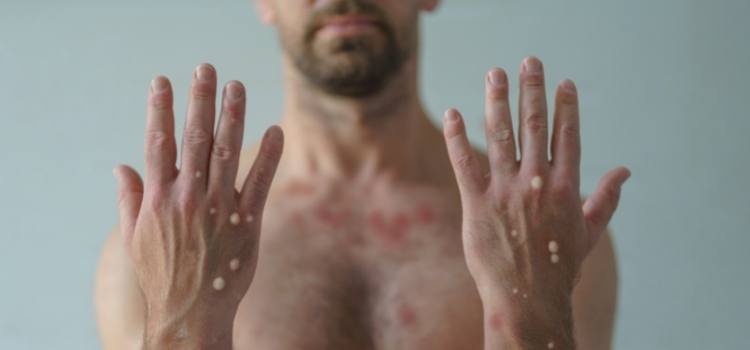






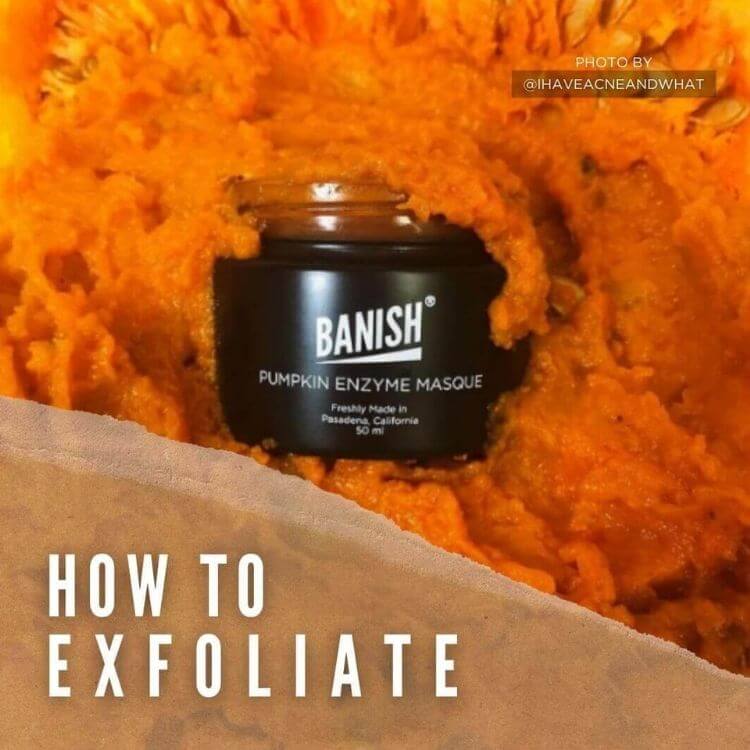
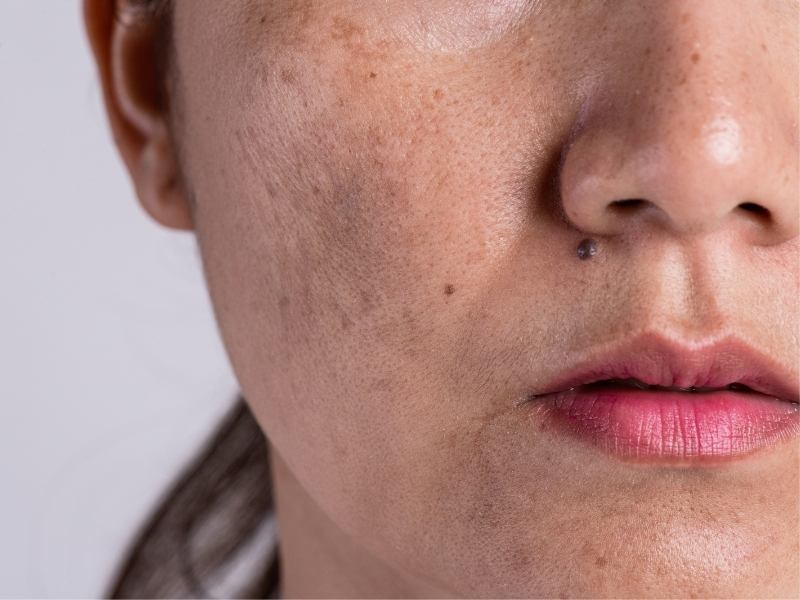
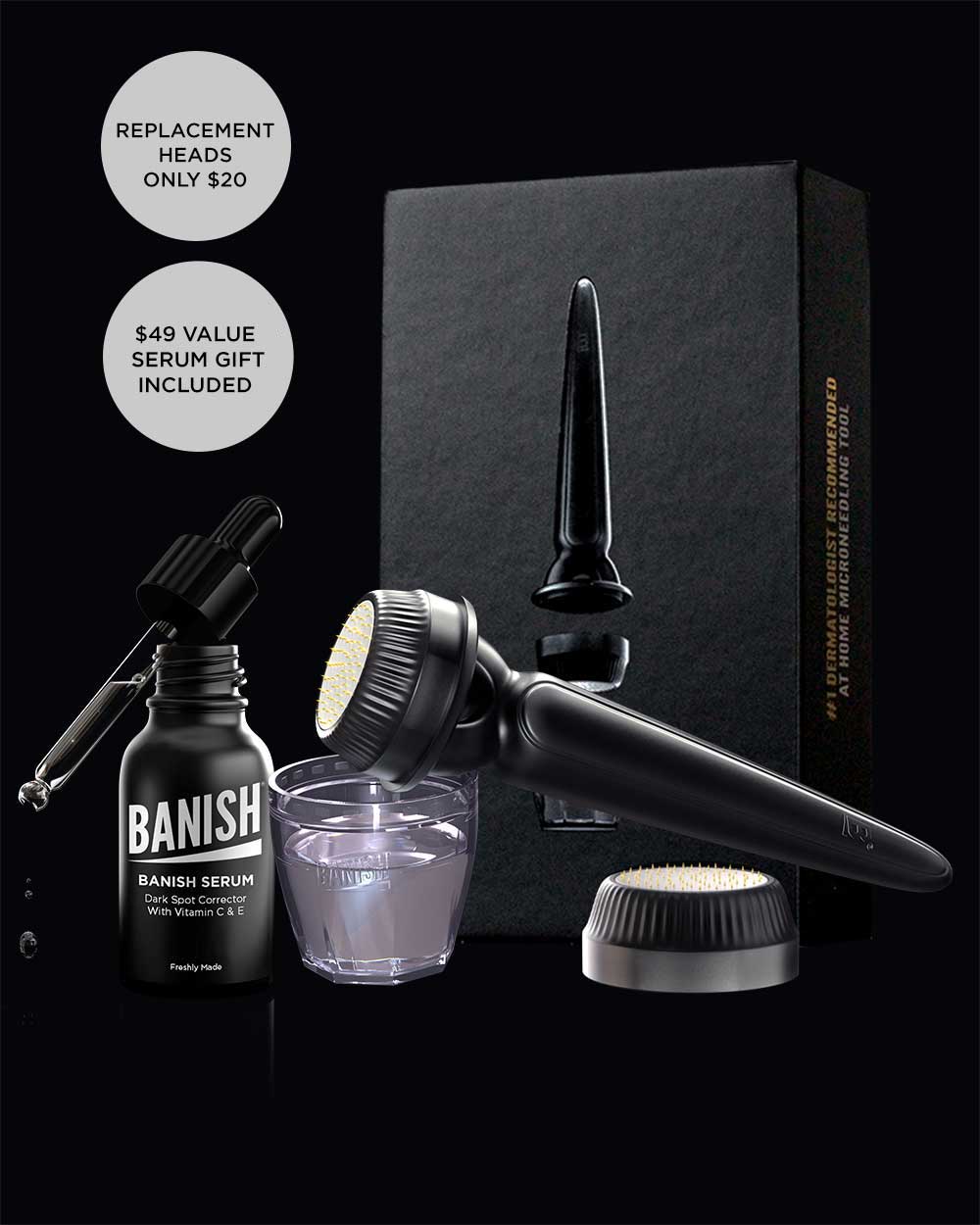





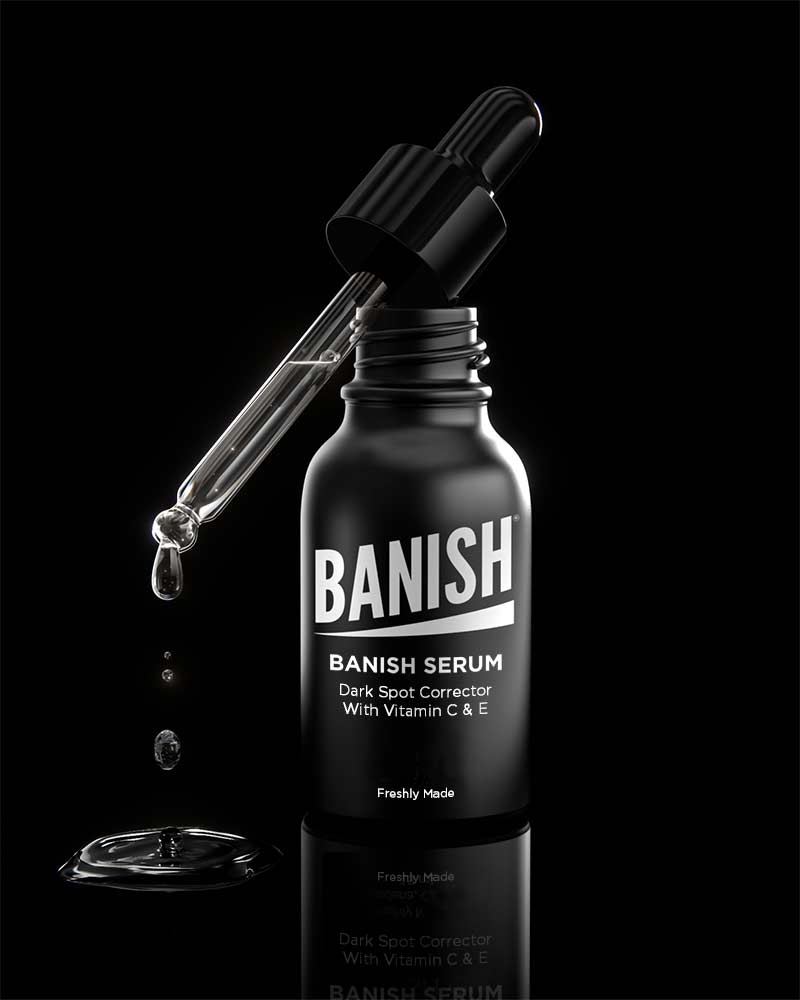

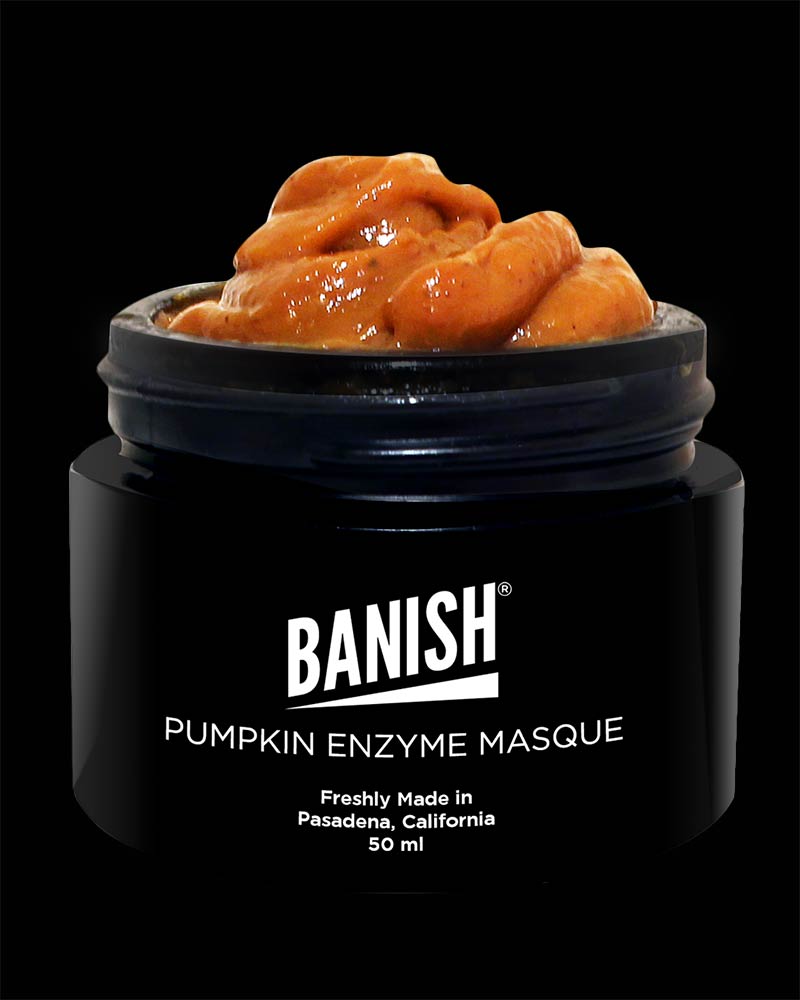
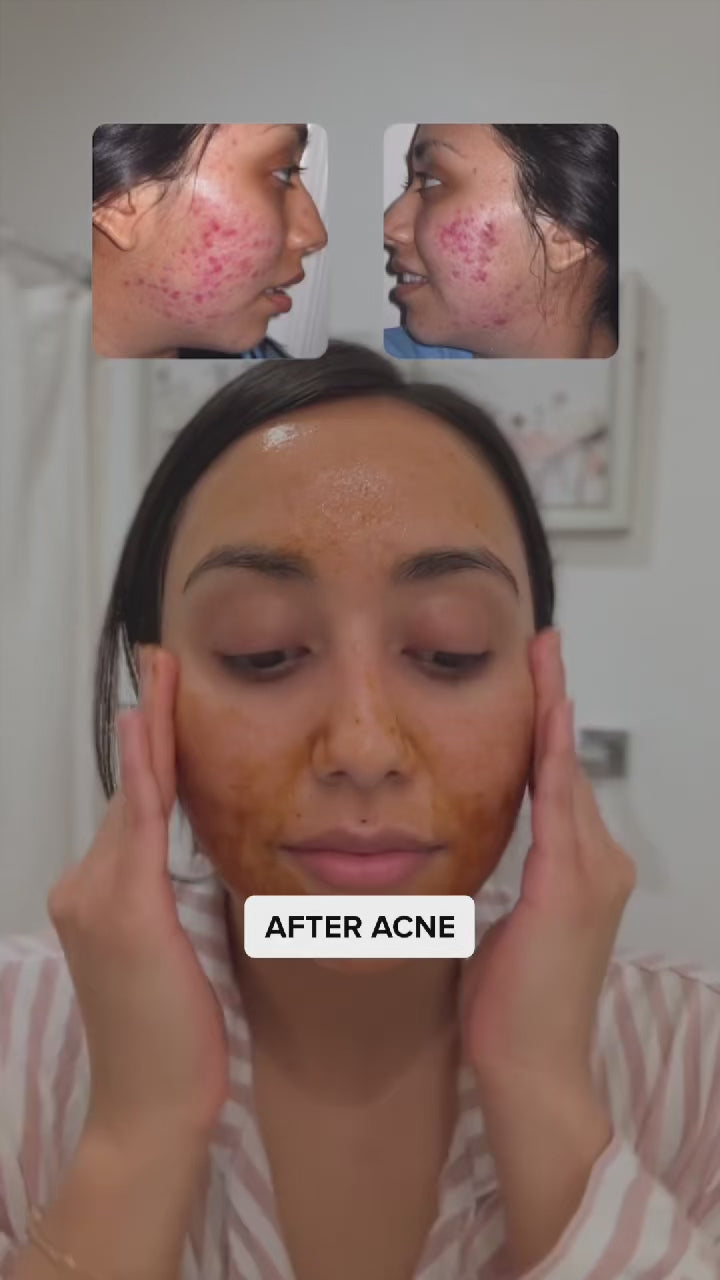

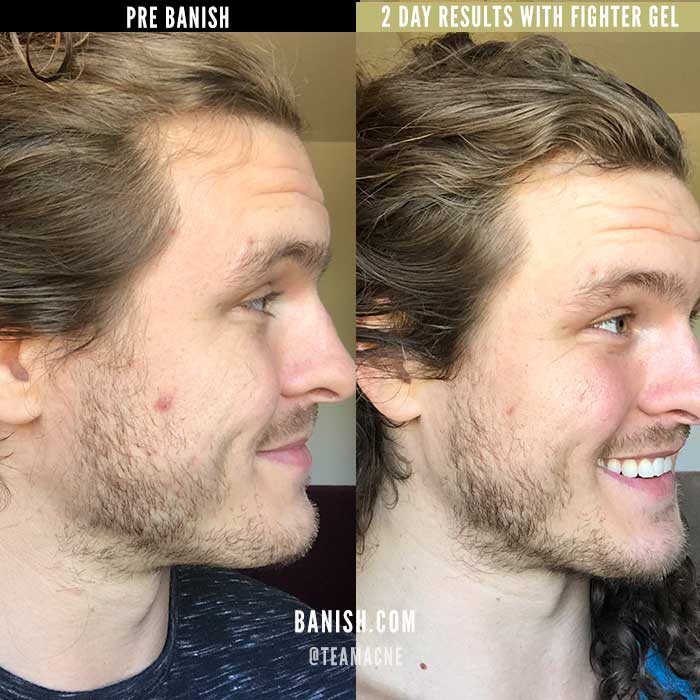
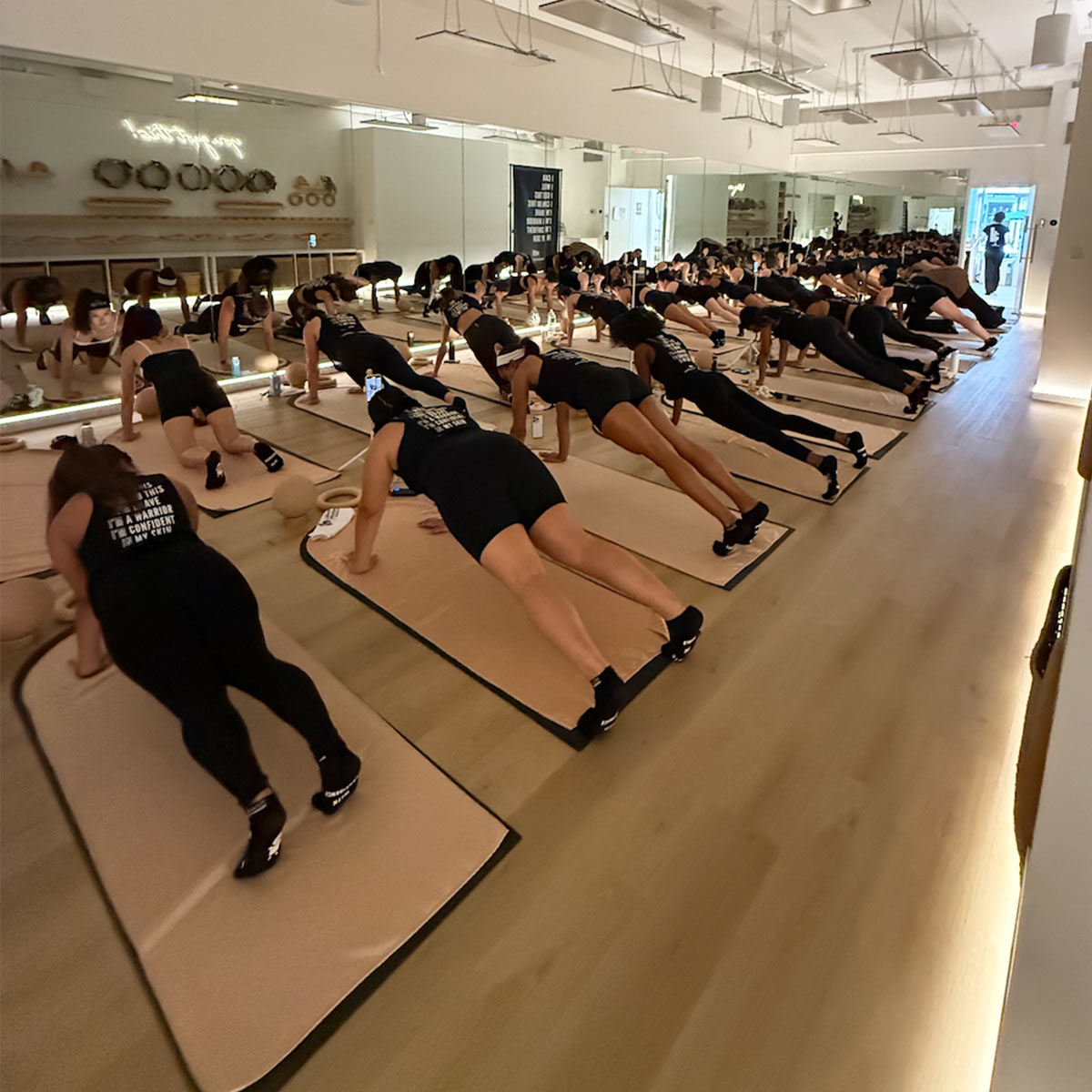

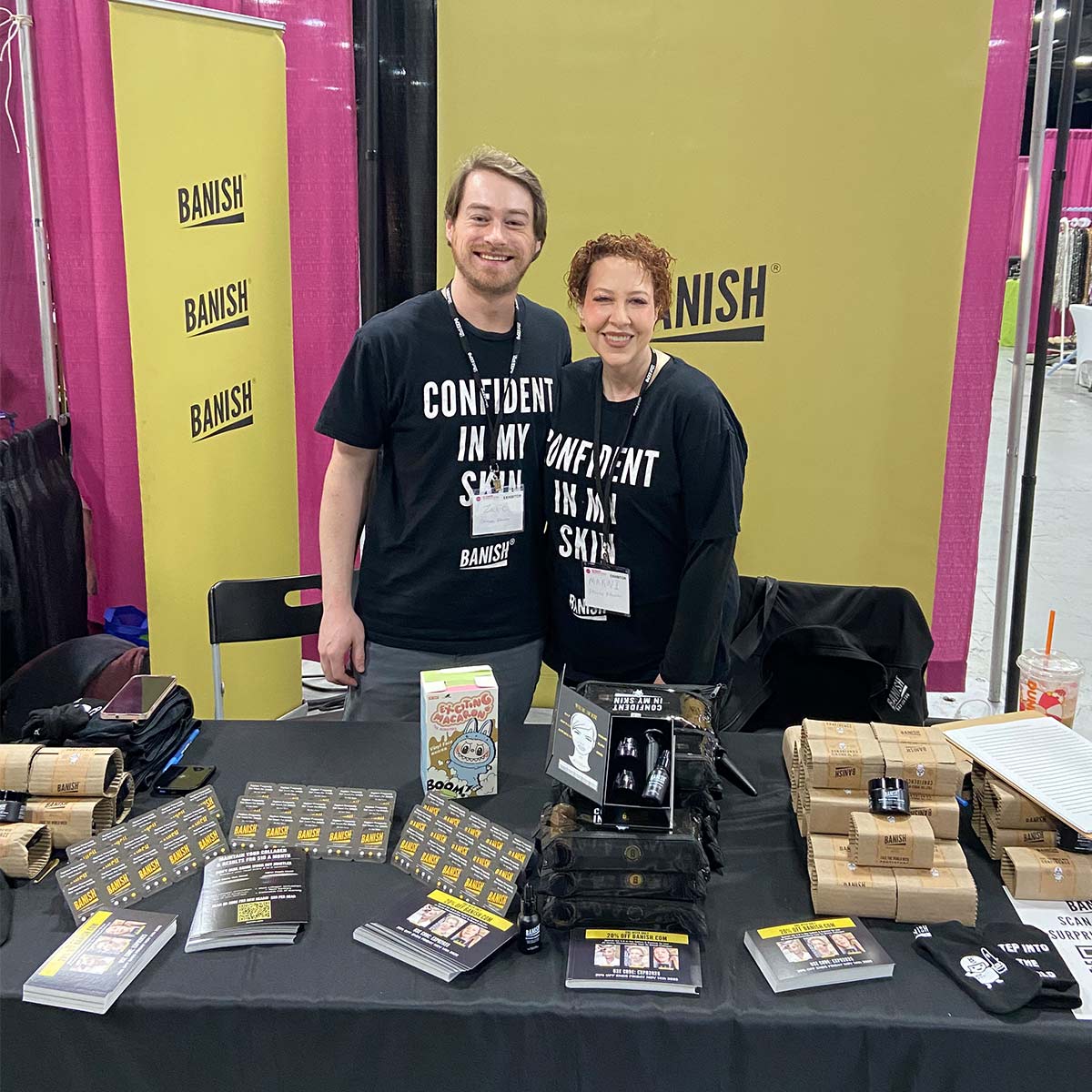

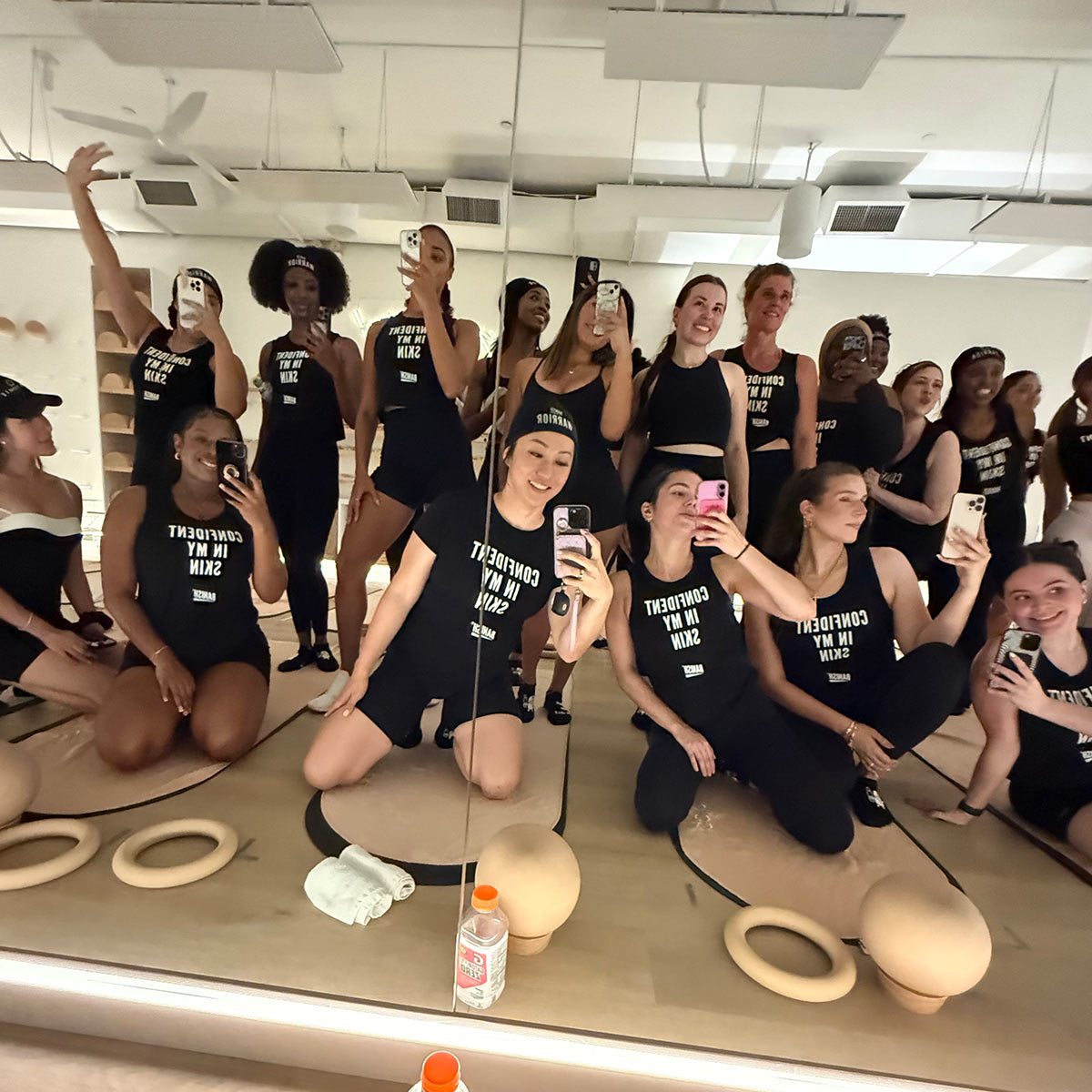

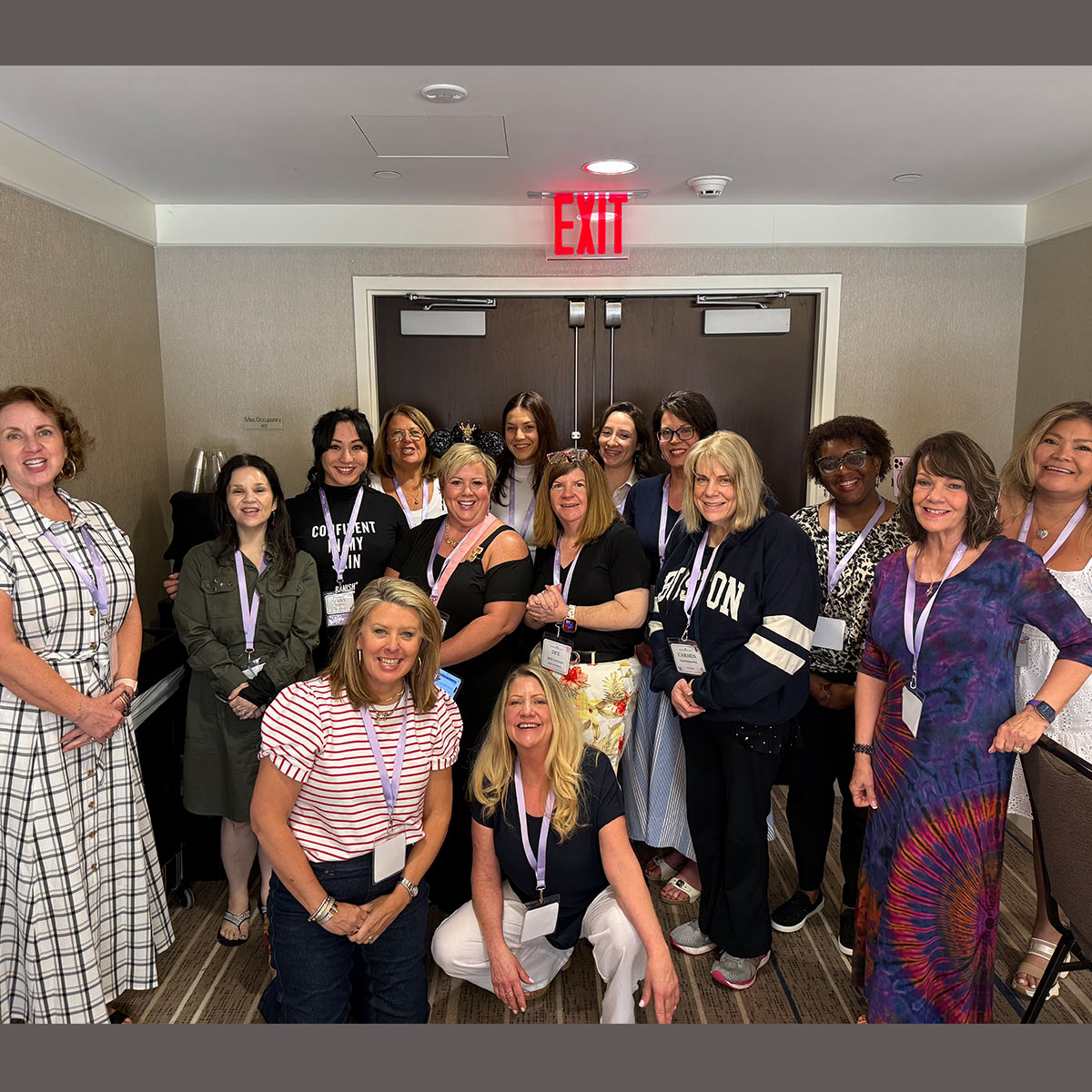


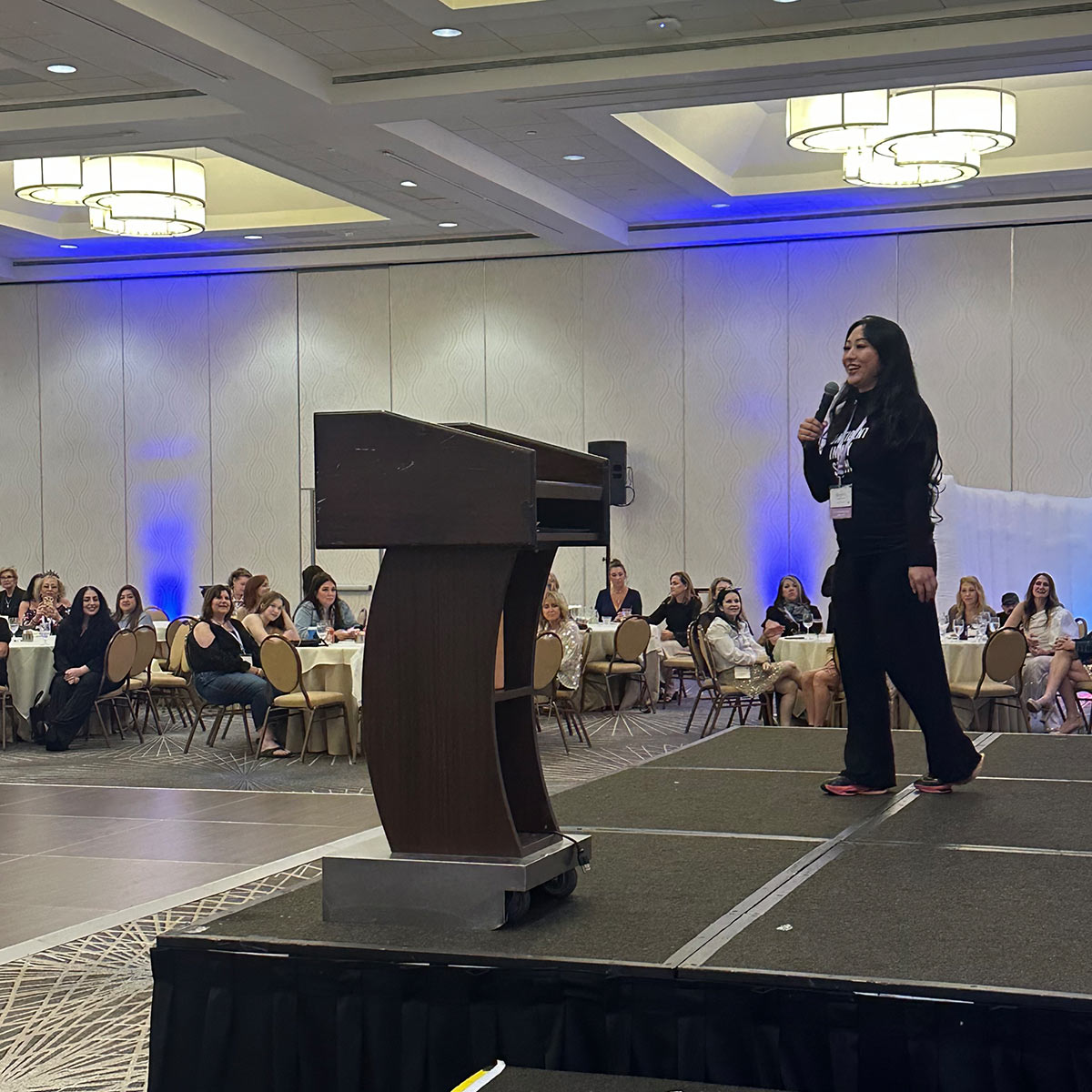
Leave a comment
All comments are moderated before being published.
This site is protected by hCaptcha and the hCaptcha Privacy Policy and Terms of Service apply.